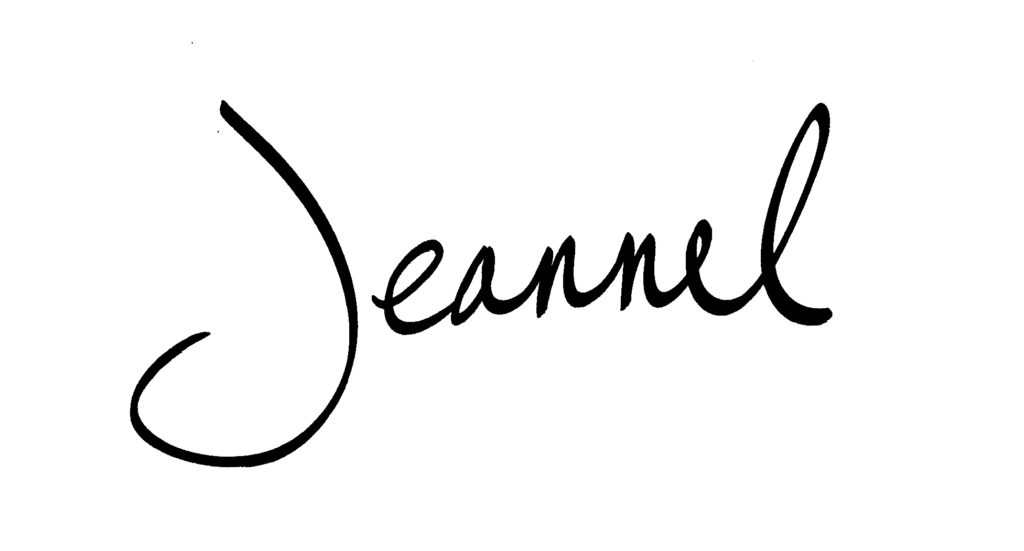Today’s graphic facilitation question comes from Michelle S. from Washington, D.C. She contacted me the other day through my Facebook Business Page, and I’m guessing that she’s not the only one in the world concerned with keeping her meeting attendees from dying of boredom! ;^) I asked, and she said yes…so here’s an abbreviated version of our online conversation. Here’s what she wrote:
Jeannel, I need help!
I’ve been “Volun-TOLD” to run a week long workshop on a topic I barely know anything about! I feel graphic facilitation will help keep us from dying of boredom by day 2 as we talk about Performance Management. Is there a chart of basic/fundamental shapes I can use as I try to make posters?
“Volun-TOLD”…I like that! ;^)
See? I told you she wasn’t the only one out there facing this challenge! When we face really dry or perfunctory meetings, it’s tempting to think we have to keep them serious and business-like.
Well, guess what! Life is too short for boring meetings!
When we bring more creative elements into the mix, it boosts our own creative contributions to the conversation and allows us to draw forth solutions we didn’t think were possible! That’s what I’m all about, so of course I was happy to write Michelle back. :^) Here are the highlights from our conversation:
Regarding a chart of basic/fundamental shapes,
The quickest and easiest resource I turn to is actually Google Images. I use it as a visual thesaurus. First, I identify the key terms and concepts for my work, then I look those terms up in Google Images and look only at the clipart images. (They tend to use fewer lines and are easier to draw.) I’ll come up with a core “visual vocabulary” specific to the industry, and use those “words” (images) fairly consistently as I work with the team.
As for visual templates,
Two books immediately come to mind that can help you come up with up with specific “conversation shapers” while supporting your workshop’s needs:
1. Gamestorming, by Dave Gray and Sunni Brown. I love this book! It’s basically a library of different visual templates and directions, perfect for professional graphic facilitators and easy for laypeople to use. It’s also a book you should be able to pick up at your local bookstore (or at least be able to quickly order!)
You can flip through the book, look at the “games” that could best support these folks digging into the goals and revising them in ways that are truly meaningful. You prep the visual templates (or my personal favorite, have THEM prep their own on flip charts and do small group work) and lead them through the activities. Your participants can add to the templates via ideas on sticky notes or drawing directly onto the documents. If done in small groups, then they can take turns giving presentations based on their work. Super engaging, super fun!
2. If you have a bit more time before your event, check out the Bikablo books. I love this series as well! They’re from Europe, but they’re really visual and business-oriented in terms of images and templates. Plus their icons are easy to draw, which is an added bonus! Woot! (Hint: you can look up “Bikablo” in Google Images to see some examples of their icons!)
As for pens and other supplies,
Markers are my go-to resource, and you can do effective work using black and one contrast color. My markers come from Neuland in Germany because they are nontoxic, refillable, and I spend enough time with my markers in small spaces for that to become EXTREMELY important! (They are also a professional investment!) ;^) That being said, I also have tons of markers that I’ve picked up from my local art supply store…and even my local Michael’s Craft Supply on occasion!
As for paper, my go-to preference is Borden & Reiley’s sign maker’s bond. It comes in rolls, and you can get whatever roll size you want AND THEN cut it to whatever length you want. Plus, it has a wee bit of a coat on the backside of the paper, so it prevents (or at least significantly minimizes) your marker bleeding through the paper and onto the wall. And that keeps all our physical plant managers very happy! ;^)
Regardless of your approach, I know your participants will love whatever you do graphic facilitation-wise!
Michelle’s Response
I originally thought that was the end of the conversation, especially since I tend to write a lot when folks ask me questions! But then I got this response from Michelle:
WOW!
First, thank you for taking time to respond! And thanks for the tips…I’m all over it!!!! Folks are coming in from across the country for this event and we have all been in basement hotel conference rooms with that stale carpet and those beady burgundy chairs with the gold legs (barf!). I’ve got my home work and still amped up to make a difference for these folks that put up with so much.
Graphic facilitation will really make a difference! It will brightened the room and make the topic more interesting. Now, I’m going to run to Michaels and get some paper and markers! I’ll study the Google images and pick up the books. I’ll keep you posted and send you a some images of few of my attempts at your glorious craft! I can’t even begin to tell you how SUPER helpful this has been and is building up my confidence. Thanks so so very much, Jeannel!
I gotta tell you: that was like getting a fabulous little hug through Facebook, and it absolutely made my day!
You see, I’m a FIRM BELIEVER in passing the pen over to others so that they can not just brighten a room or make a topic more interesting. My mission is to help folks draw out ideas while drawing forth the best in their teams. And CLEARLY, Michelle is one of these leaders who cares about her team. She knows that they’re going to have to work on some hard and dry stuff for several days, and she’s being proactive in making that work experience as positive, rewarding, and creative as possible. Michelle may not be a formal graphic facilitator, but I’m CONFIDENT that she will be able to connect with her folks and create an environment where they can do great work for their people. And that’s going to go a LONG way way with her team, even if it’s simply putting up some posters.
Michelle, if you’re reading this: you’re going to be AWESOME! :^D
(And you KNOW I want to see pictures!!! ) ;^D
P.S. Thank YOU for asking the question, by the way! I’m in the middle of editing my book on how laypeople can pick up the pen and host visual conversations right where they are in their organizations…without being an “artist” or a “facilitator.” Your questions helped me dig a bit deeper into my own work, and I appreciate it! :^)
As always, I cannot wait to see what you draw forth!



Gooooood Morning, Jeannel!
Goood Morning, Lori! Thanks for reading! ;^D